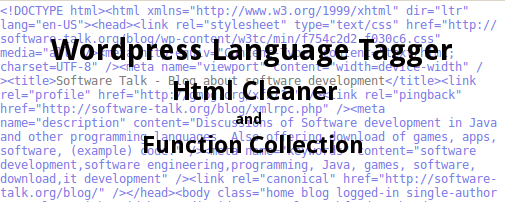This post explains how to change the linking behavior of image posts for the WordPress default theme twenty eleven.
Problem Overview: WordPress Link on Image points to next Image in Gallery
If you upload a gallery in WordPress and insert it in a post, each of these images will get their own post. In this post, only that image will be displayed (and some meta information) and if a user clicks on it the next image in the gallery will be displayed if you use the WordPress default theme twenty eleven.
And here is the problem: the user does not expect to be taken to the next image in the WordPress gallery. Most likely a user just came from a search engine and wants to read the post that belongs to the image (and you probably want the user to do just that as well).
